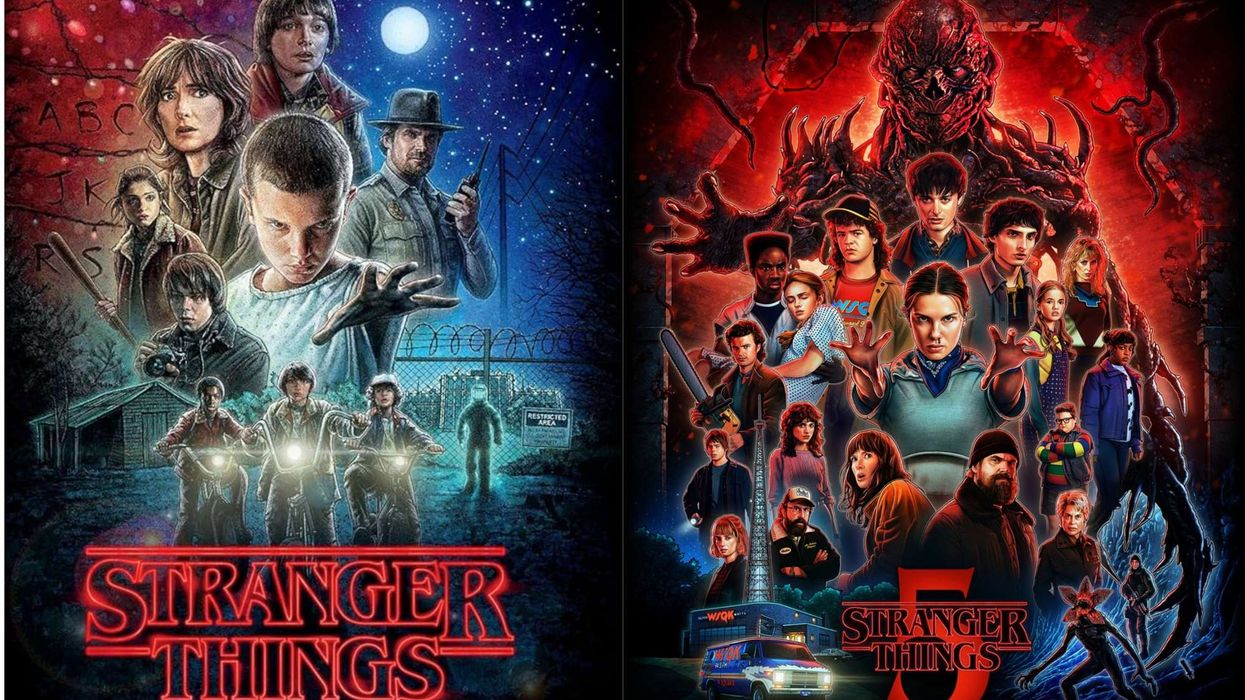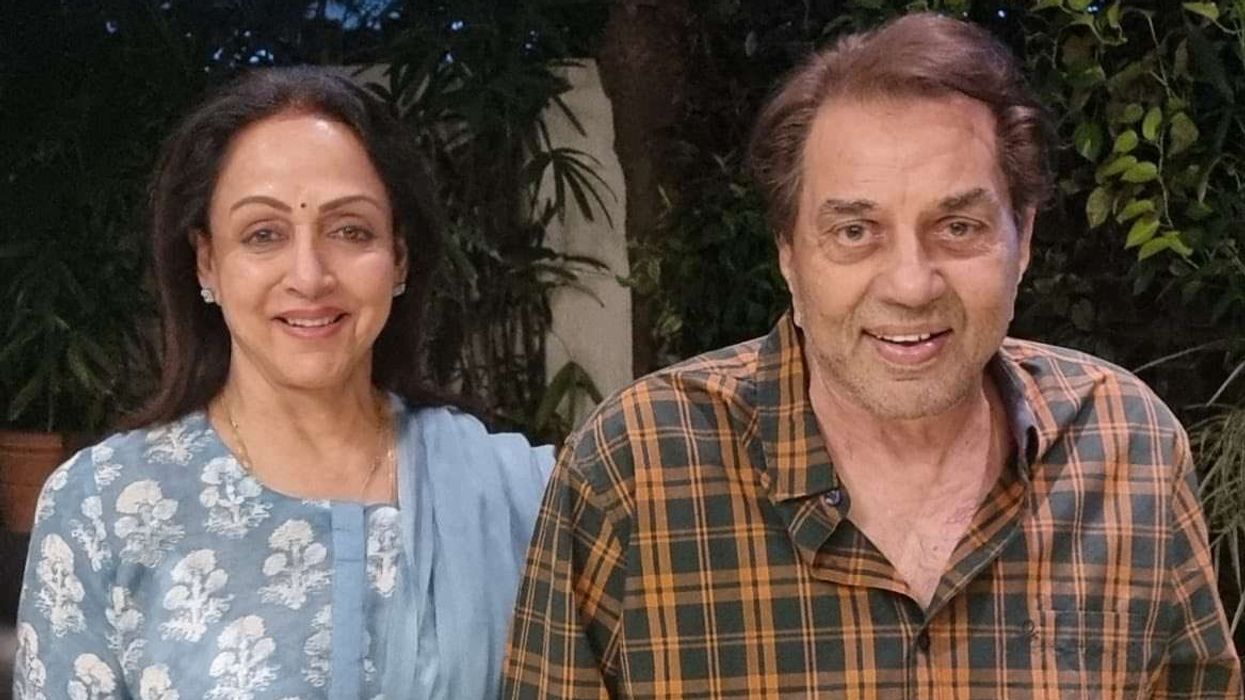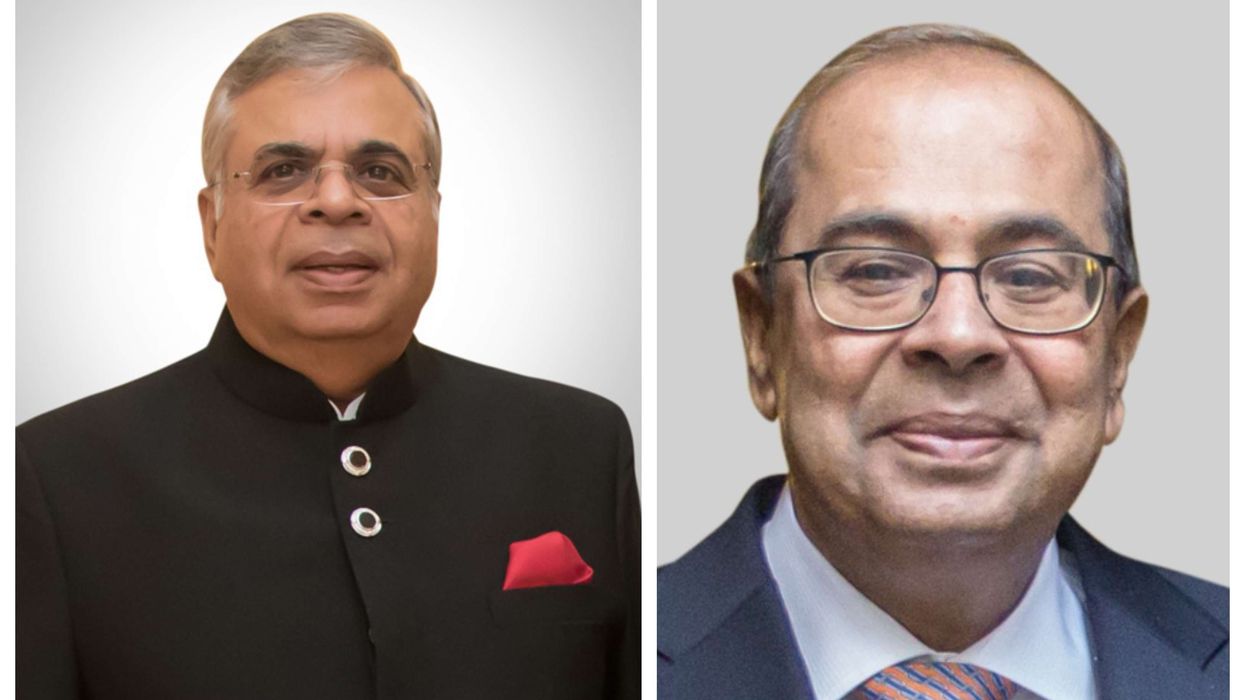A SPECIAL TRIBUTE TO CELEBRATE THE INSPIRING LIFE AND CAREER OF MARVELLOUS MOVIE ICON MADHUBALA
By Asjad Nazir
FEBRUARY marks the birth and death anniversary of late great movie star Madhubala.
Widely regarded as the most beautiful Bollywood star in history, she was born on February 14, 1933, and passed away on February 23, 1969, at the tender age of 36.
The big screen queen left behind an impressive legacy that included an incredible body of work and an iconic status that would inspire generations of leading ladies, who followed in her giant footsteps.
As she is someone everyone should know about, Eastern Eye decided to mark the birth and death anniversary of Madhubala by presenting an all-you-need-to-know A to Z about her.
A is for Ataullah and Aayesha: Madhubala was born Mumtaz Jehan Begum Dehlavi in Delhi to Ataullah Khan and Aayesha Begum. The fifth of 11 children, she grew up in impoverished circumstances and the family moved to Mumbai in search of a better life. They endured many hardships, including some of her siblings dying young, which led to her father finding work for his children (see Y).
B is for Bravery: Whether it was stepping in front of the camera as a nine-year-old, supporting her family instead of going to school, battling a debilitating illness, being crushed by her domineering father, surviving heartbreak and taking on challenging roles, Madhubala showed courage throughout her life. In doing so, she became a strong symbol of girl power.
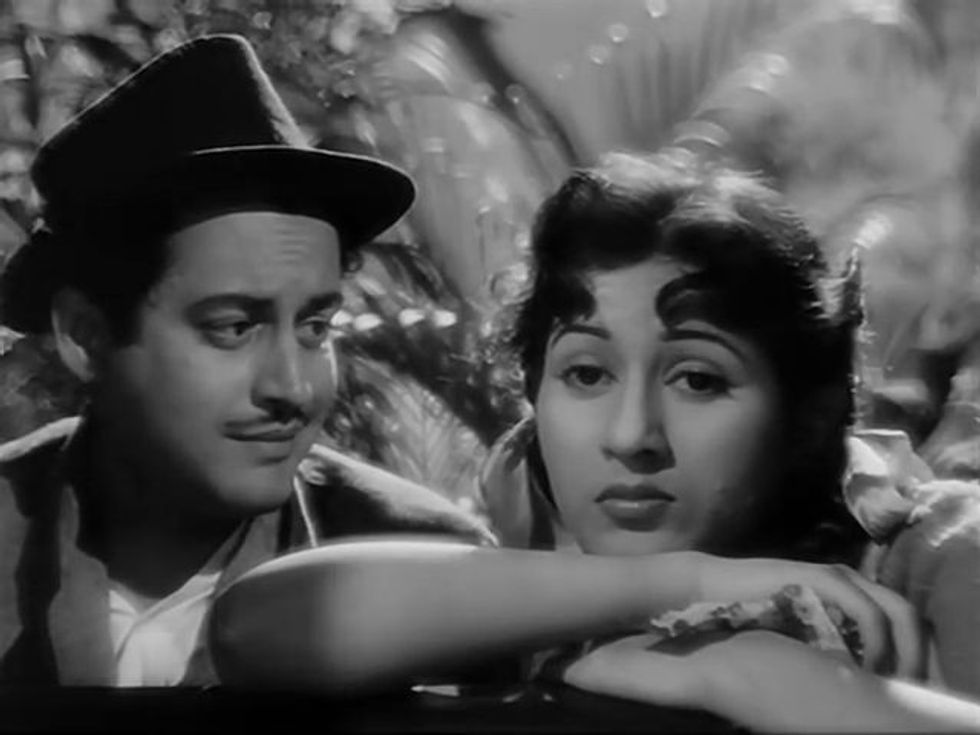
C is for Classics: She may have had her career dramatically cut short by illness, but the hardworking actress left behind a remarkable body of work and starred in over 70 films. Her landmark performances include Mahal (1949), Mr & Mrs 55 (1955), Chalti Ka Naam Gaadi (1958), Howrah Bridge (1958), Phagun (1958), Barsaat Ki Raat (1960) and Mughal-e-Azam (1960).
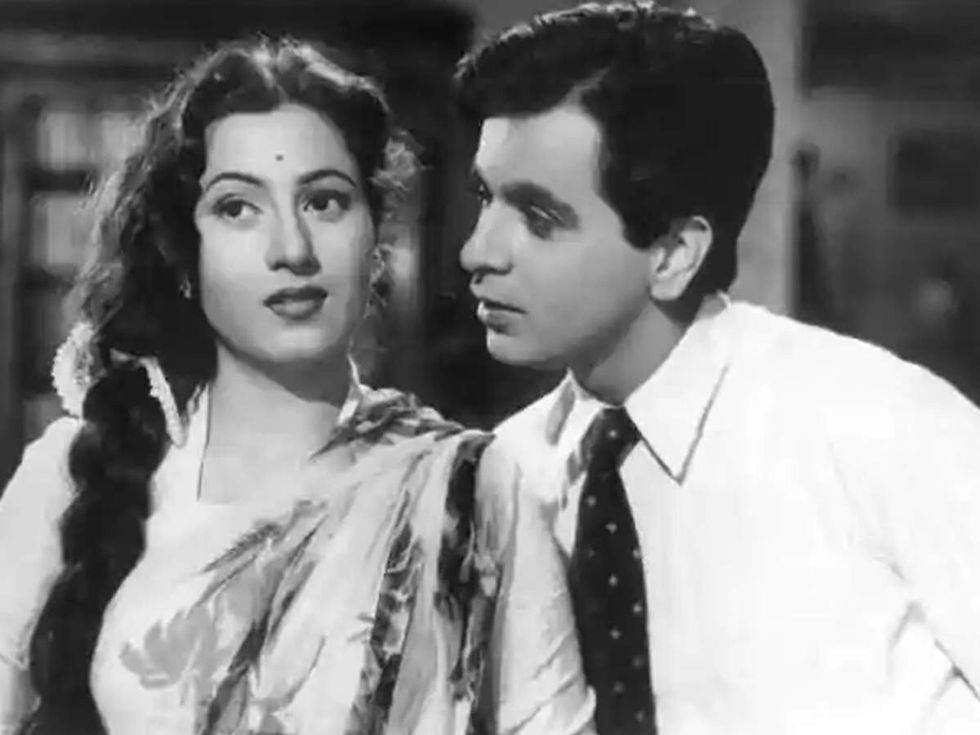
D is for Dilip Kumar: Madhubala will forever be associated with Bollywood’s greatest ever actor Dilip Kumar. They starred opposite one another in major movies and were very much in love. Both wanted to marry, but they were prevented from doing so by her authoritarian father and by the time production of their greatest work Mughal-e-Azam ended, they were barely on speaking terms.
E is for Education: Working as a child star and becoming a leading lady at the age of 16 meant Madhubala wasn’t able to get a proper education. That is why one of her dreams was to build schools for underprivileged young girls, but she wasn’t able to realise it due to passing away at a young age.
F is for Farz Aur Ishq: With serious illness ending her frontline film career as an actress at a very young age, Madhubala planned a comeback as a director with the film Farz Aur Ishq. She wasn’t able to realise this final dream and passed away soon after plans had begun, aged 36.
G is for Greatest: The career-defining moment for Madhubala was playing the lead role in Bollywood’s greatest ever film Mughal-e-Azam, which smashed every record when it released and continues to entertain audiences today. It is the only film where audiences were able to see the actress in colour and in 2020, the screenplay for it became the first from a Bollywood classic to enter the Oscar library.
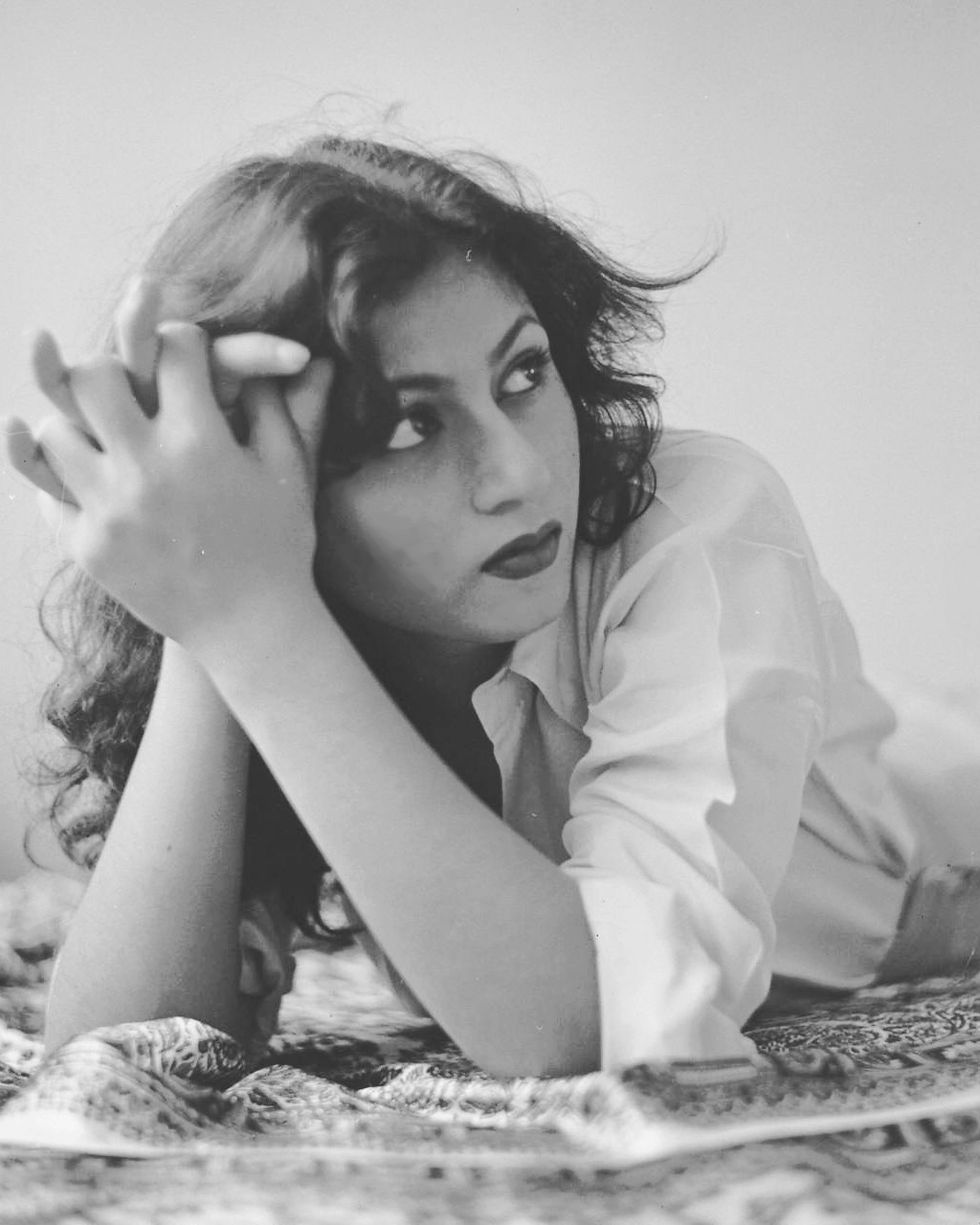
H is for Heart: The actress had a congenital heart defect, which was first detected in 1954, but she continued to take on challenging work, including being weighed down with real chains in Mughal-e- Azam. Her health deteriorated badly in 1960 while she was still in her twenties, and for the next nine years until her death, she was largely confined to bed. She told a friend, “no sooner had I learned what I was doing, God said, ‘enough.’
I is for International: She became the first Indian movie star to be photographed by US-based Life Magazine in 1951 and the following year she featured in Theatre Arts Magazine, with the headline The Biggest Star in the World – and she’s not in Beverly Hills. Madhubala received multiple offers from Hollywood, which she wasn’t able to take up due to her assertive father.
J is for Jewellery: Although she was decked out in expensive outfits and jewels on-screen, the iconic actress preferred a humble existence. She wore simple clothes and chose not to wear any makeup or jewellery in everyday life. Madhubala once said: “I consider it a waste of money; and that’s a sin when so many people in the world have not the means to buy a meal.”
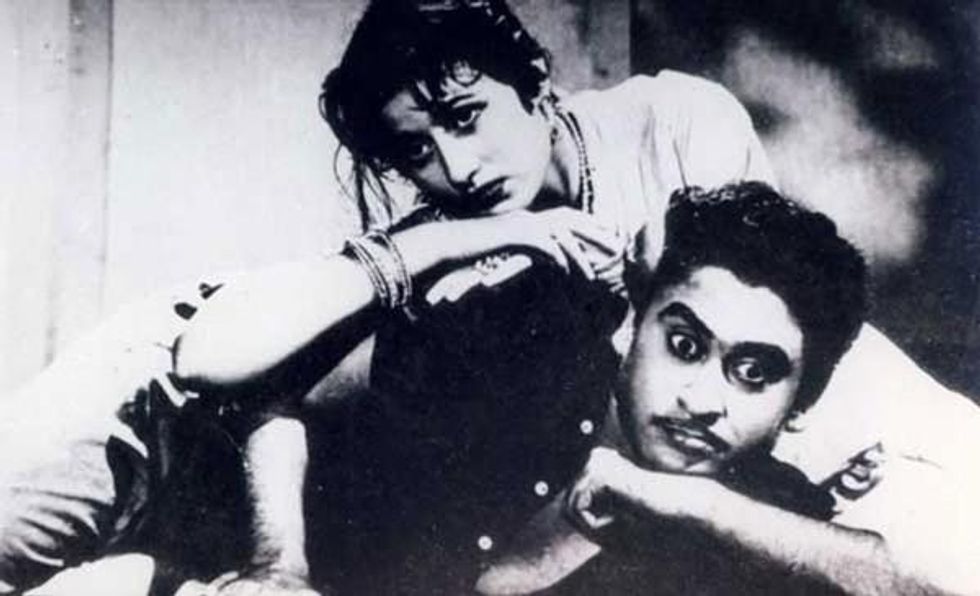
K is for Kishore Kumar: After realising that her relationship with Dilip Kumar was finally over, Madhubala married actor-singer Kishore Kumar at the age of 27 in 1960, despite opposition from both families. They had worked on a number of films together, but by the time they wed she was desperately unwell. They went to London in 1960, where Madhubala was told she had two years to live. They remained married until her death in 1969, but she was largely disconnected from him and became a recluse.
L is for Life story: There have been multiple attempts at making a biopic about the legendary star’s life, with director Imtiaz Ali being one of those to show a keen interest. In 2020, Madhubala’s younger sister Madhur Bhushan said her story needs to be told and is planning to write a book about her.
M is for Marilyn Monroe: The Hollywood actress Madhubala is most closely compared to is Marilyn Monroe. Both were considered the greatest beauties of their industry, became huge icons, influenced a generation and died aged just 36. Both have legendary stories connected to their extraordinary lives, which still captivate the imagination.
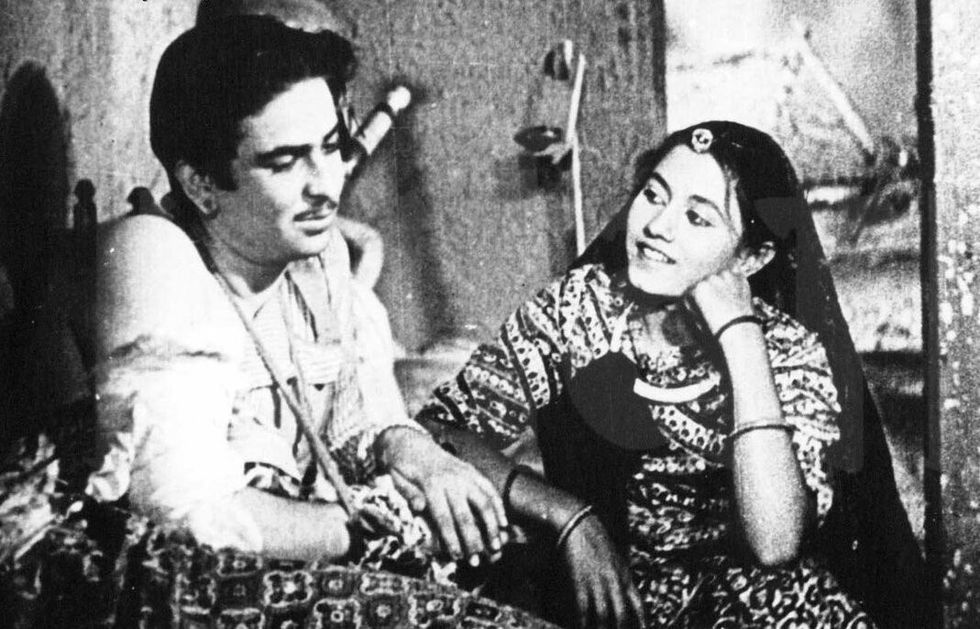
N is for Neel Kamal: Madhubala and fellow future superstar Raj Kapoor both made their lead debut in 1947 film Neel Kamal. Although the film was considered a commercial failure, the 14-year-old impressed everyone with her screen presence and took her first step towards greatness.
O is for Obituary: In 2018, the New York Times published a belated obituary of Madhubala in a special series about remarkable people overlooked, with the headline ‘A Bollywood legend whose tragic life mirrored Marilyn Monroe’s.’
P is for Producer: The actress produced two films she was in. She was only in her twenties when she produced and starred in Naata (1955) and Mehlon Ke Khwab (1960).
Q is for Queens: The Bollywood royalty has strong connections to other Hindi cinema queens from across the decades. It was 1930s icon Devika Rani, who suggested she change her name to Madhubala and many leading ladies were inspired by her, including Madhuri Dixit, who cites Madhubala as an all-time favourite.
R is for Relationships: Although she was most famously linked to Dilip Kumar and eventually married Kishore Kumar, the legendary beauty had many high-profile suitors throughout her life. One of those who wanted to marry her was legendary actor Premnath.
S is for Songs: The striking Bollywood beauty had many songs picturised on her that became iconic and still clock up many millions of views on video sharing sites like YouTube. Some of the most popular songs picturised on her include Aaiye Meharbaan (Howrah Bridge), Ek Pardesi Mera Dil Le Gaya (Phagun), Pyar Kiya To Darna Kya (Mughal-e- Azam) and Haal Kaisa Hai Janaab Ka (Chalti Ka Naam Gaadi).
T is for Turning point: Although she was widely praised for her performances, the movie that turned Madhubala into a star was 1949 ghostly romance Mahal. She auditioned and beat off more established names for the role originally intended for superstar actress Suraiya. The film was also a major turning point for writer-director Kamal Amrohi and for then unknown singer Lata Mangeshkar, who delivered record-breaking song Aayega Aanewala.
U is for Underrated: The legendary beauty of Madhubala always attracted far more attention than her ability as a performer, but most experts agree she is one of the best Bollywood actresses of all time.
V is for Vyjayanthimala: Madhubala was the first choice to star opposite Dilip Kumar in Naya Daur (1957), but she was replaced by Vyjayanthimala after a famous court case between the director BR Chopra and her father over the film being shot outdoors. The court case all but ended Madhubala’s relationship with Dilip Kumar, which opened the door for rival star Vyjayanthimala to star in more major projects opposite him.
W is for Work ethic: Right from a young age the actress was known for her impeccable work ethic, which included turning up on time, taking on any challenge and being loved by all she worked with.
X is for X-Rated: Strict censorship laws meant Indian films didn’t tackle taboo subjects for decades. But the first Bollywood film to get an adult only rating was her film Hanste Aansoo (1950).
Y is for Young: Necessity led to nine-year-old Mumtaz Jehan Dehlavi getting her first film role as a child star in 1942’s most successful film Basant, where she was billed as Baby Mumtaz. She would land further films as a child star, including Mumtaz Mahal (1944), Dhanna Bhagat (1945) and Phoolwari (1946), to support her family and then finally make a move to playing the lead.
Z is for Zest: In an interview, Madhubala’s sister revealed she had a real zest for life and happy nature that lit up the screen in comical scenes, which she had a mastery of. She was also described as fiercely loyal towards her family and having a quiet courage in matters of the heart.
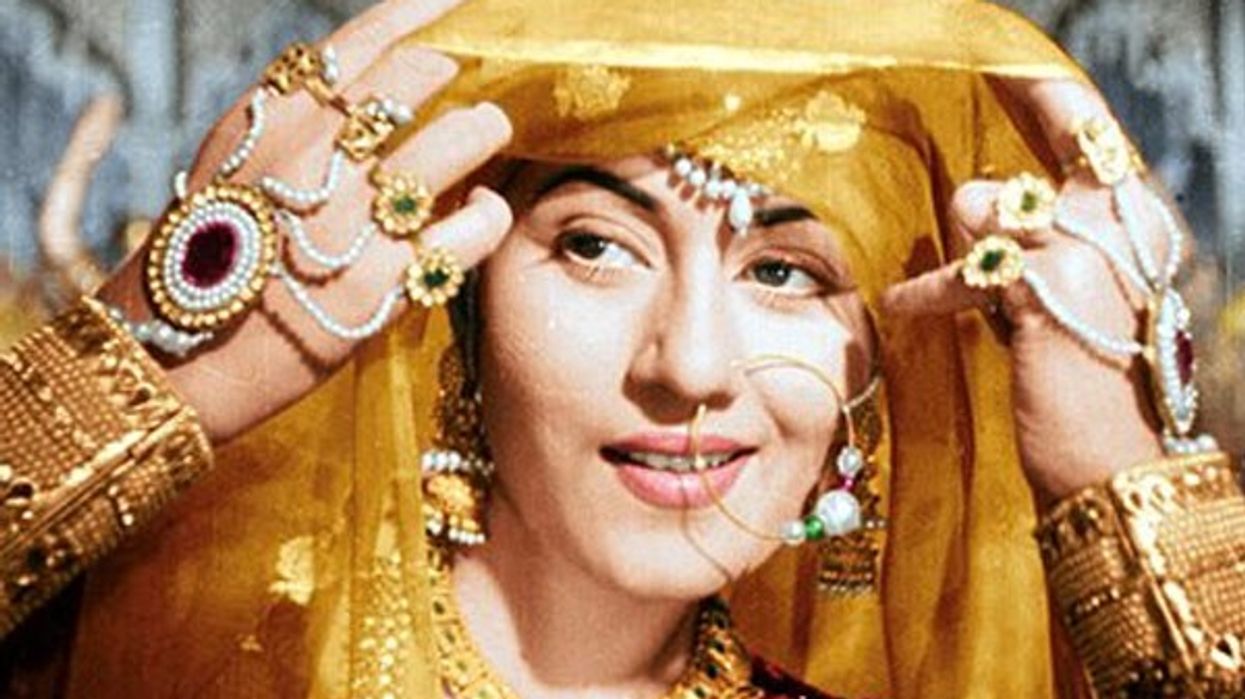
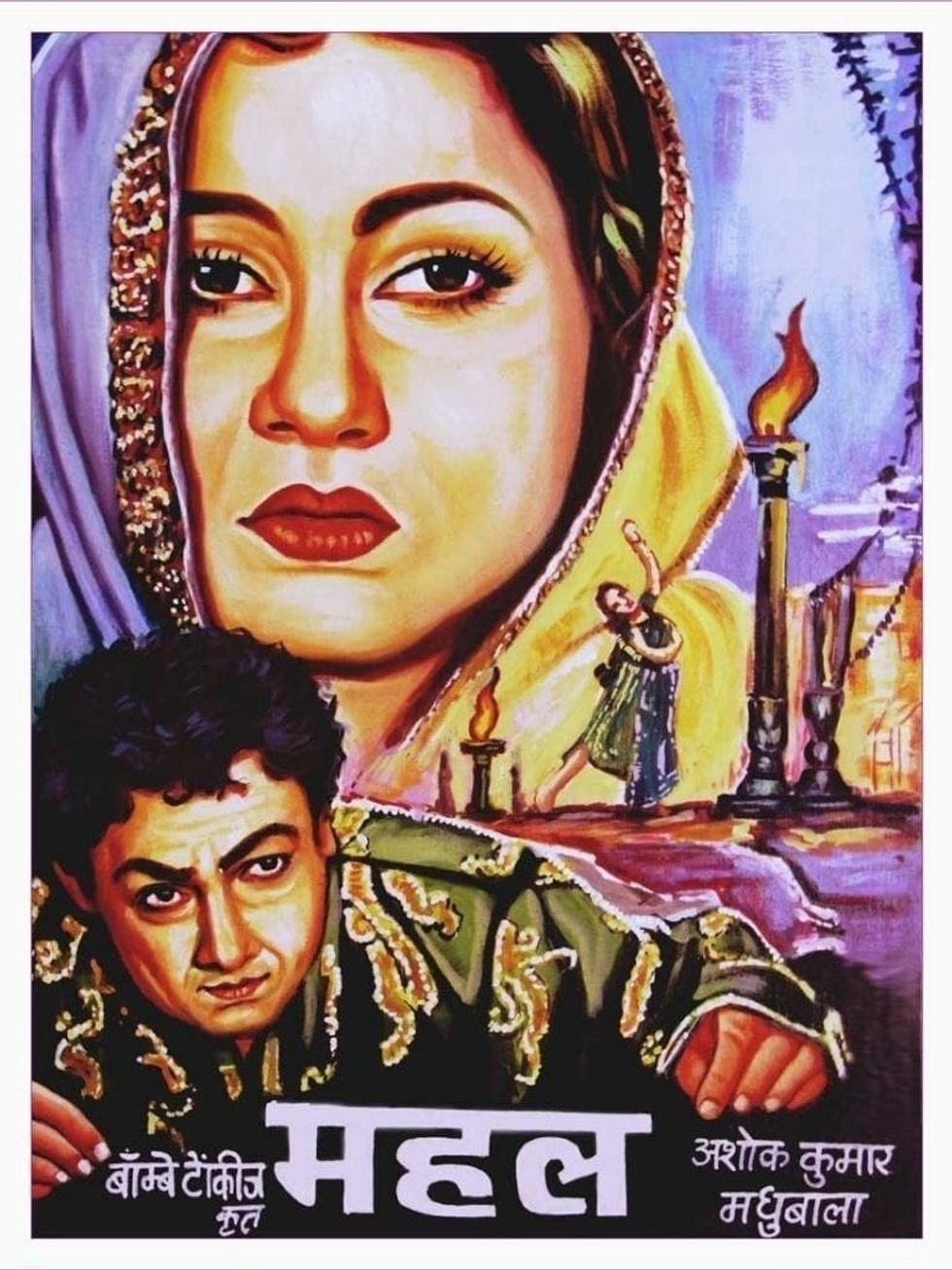

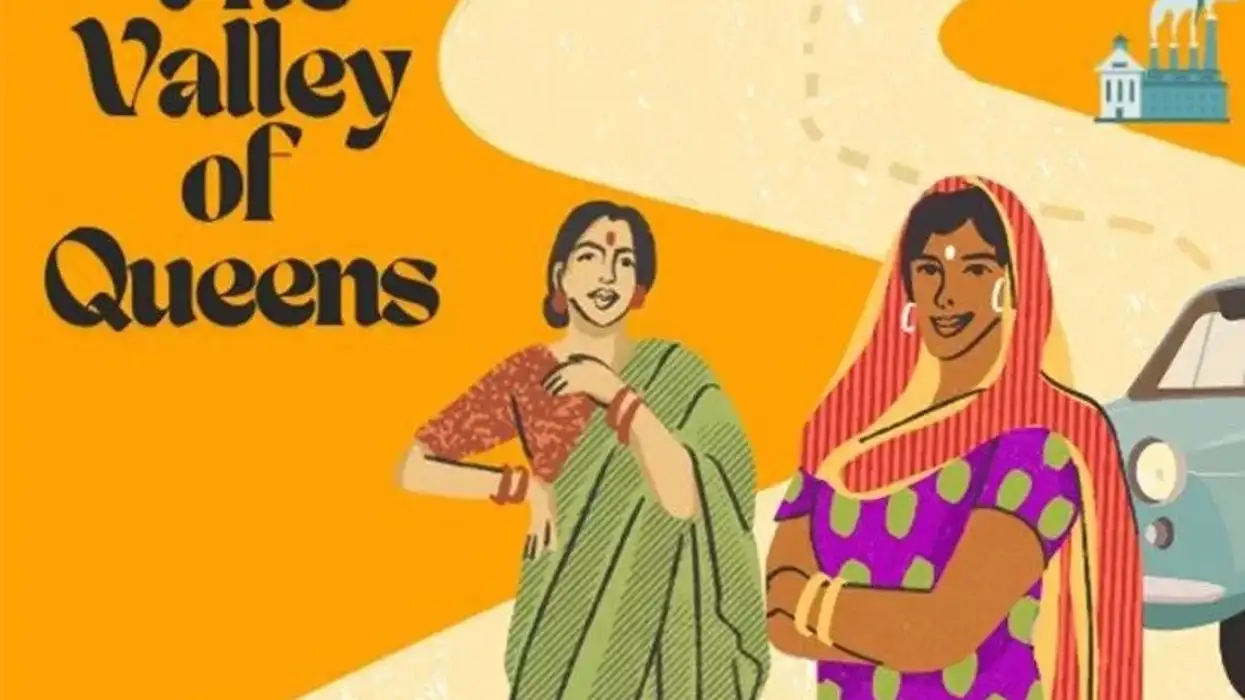
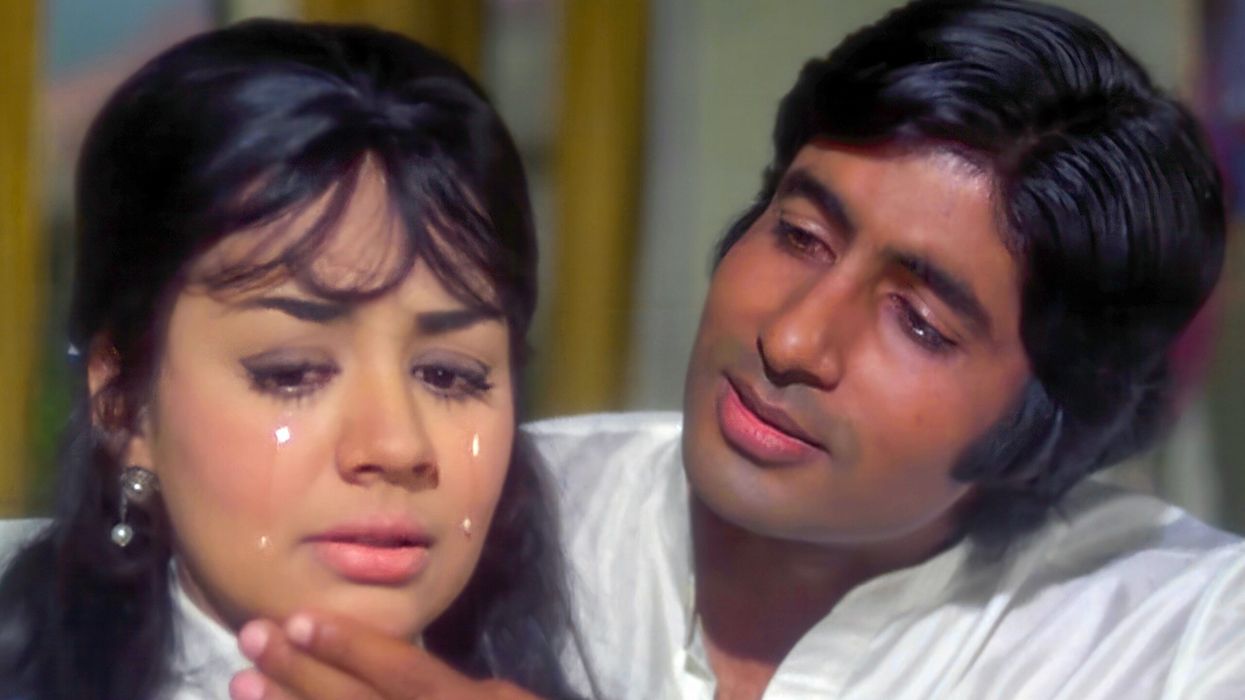
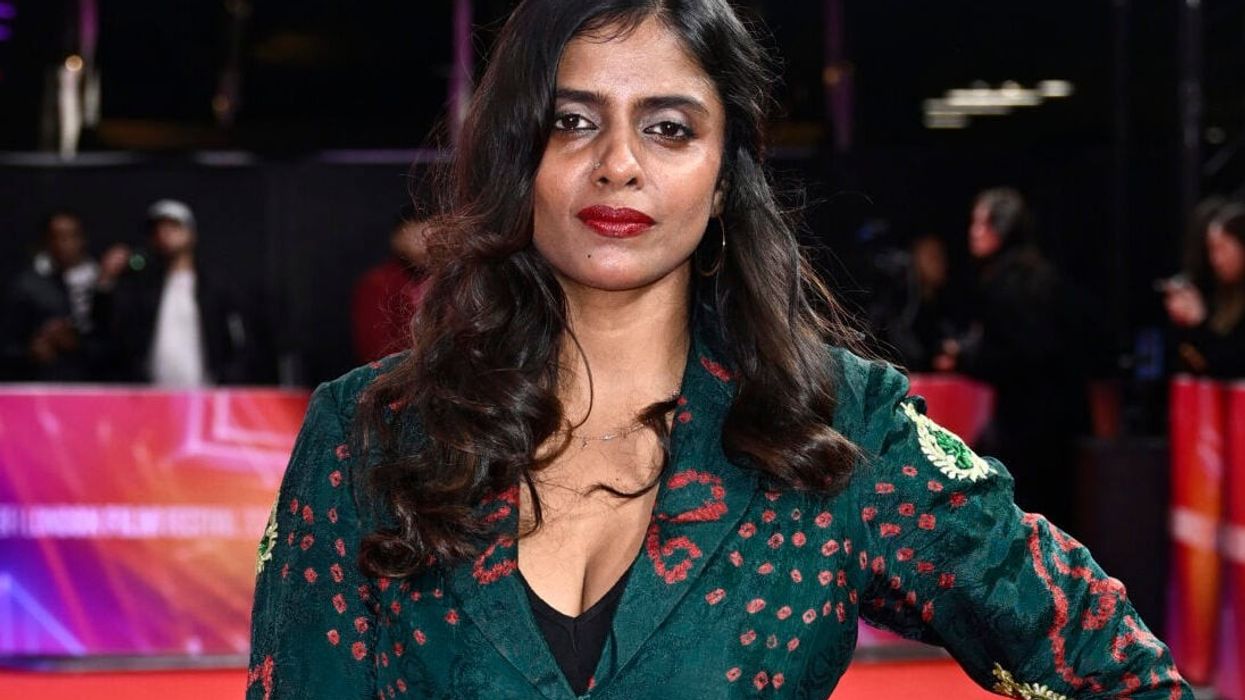
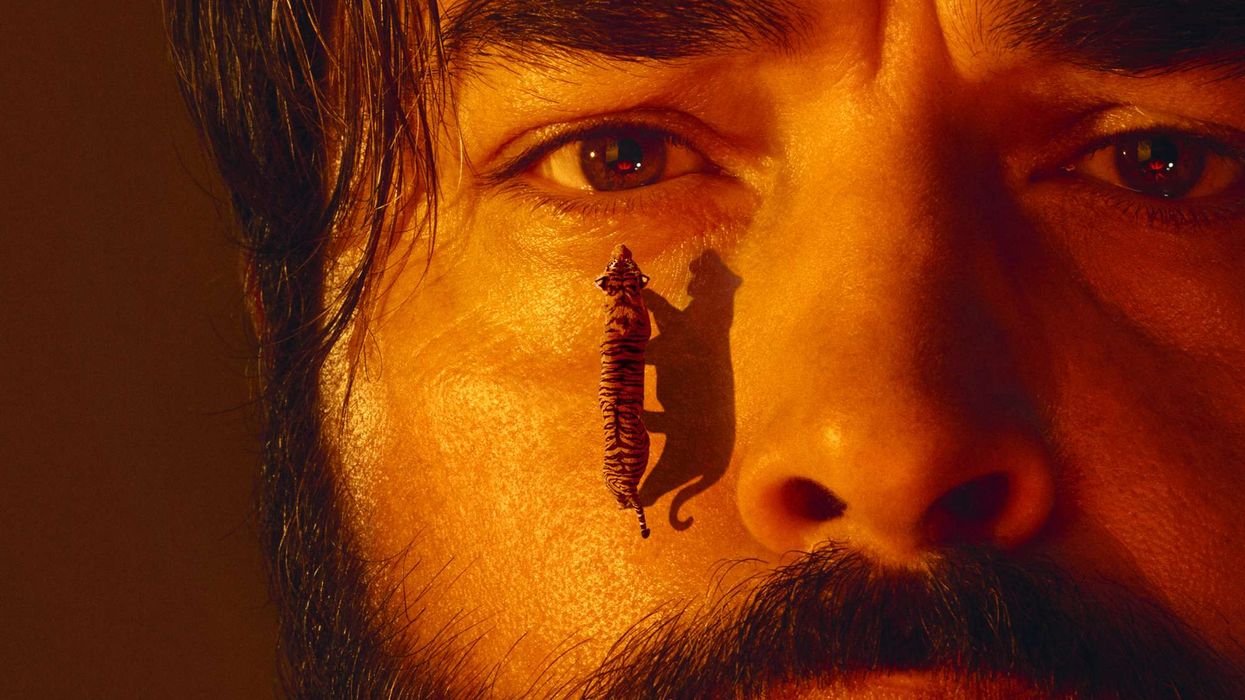
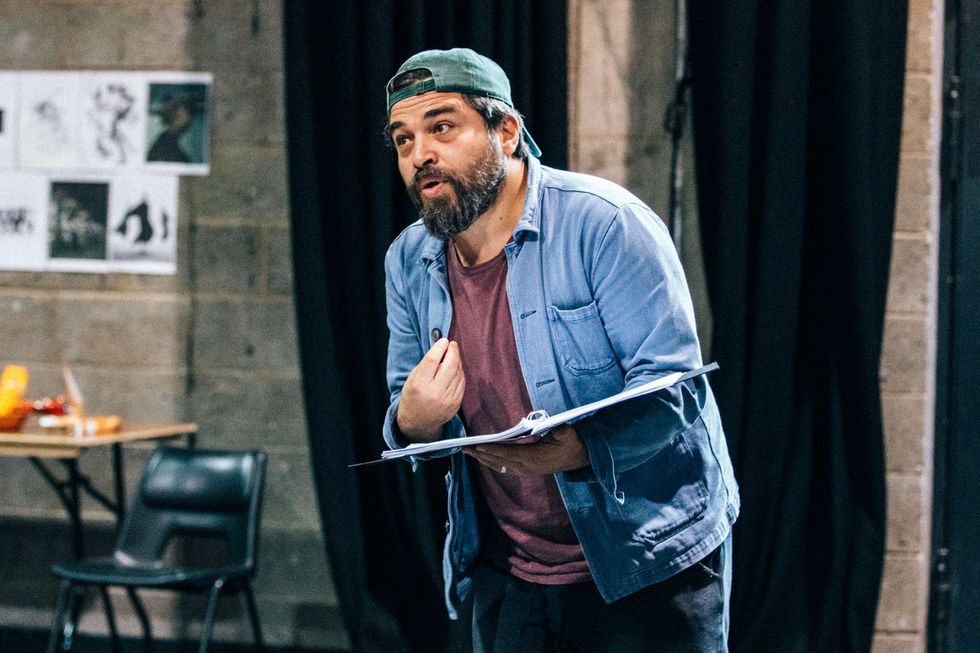 Ammar says the play’s script itself served as a compass in navigating Musa’s divided psycheIsha Shah
Ammar says the play’s script itself served as a compass in navigating Musa’s divided psycheIsha Shah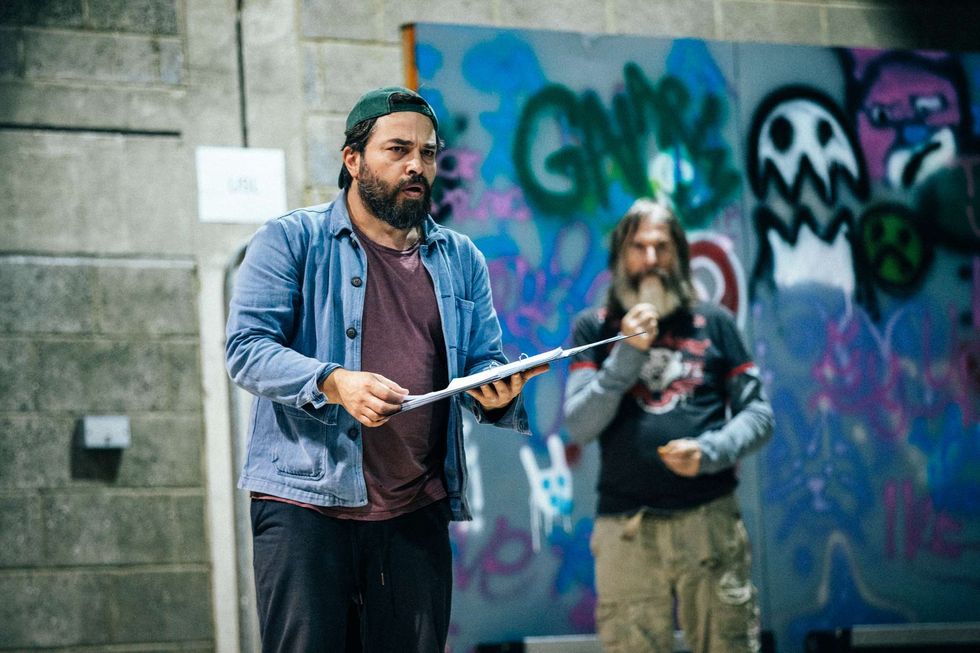 Bengal Tiger at the Baghdad Zoo runs at the Young Vic Theatre in London from December 2 – 31 January 31 2026Isha Shah
Bengal Tiger at the Baghdad Zoo runs at the Young Vic Theatre in London from December 2 – 31 January 31 2026Isha Shah

